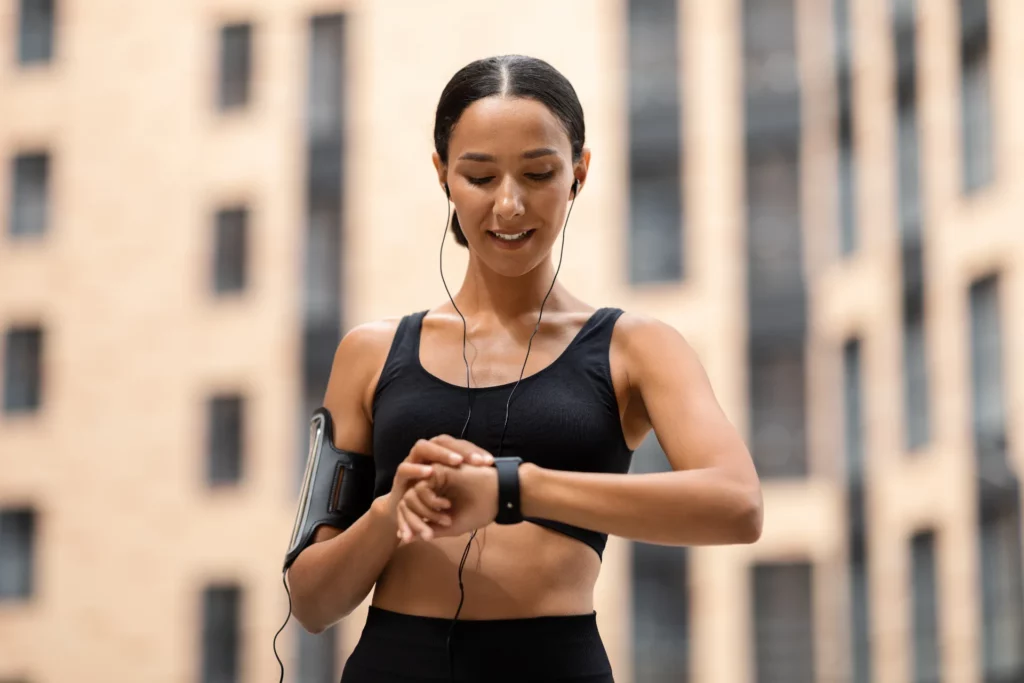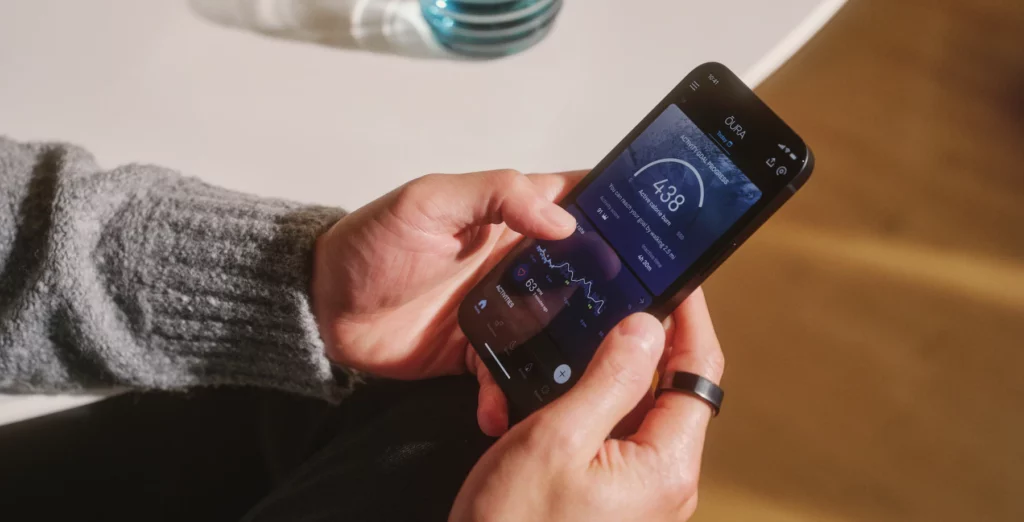Focusing on preventive healthcare is crucial for maintaining overall wellness and minimizing the risk of chronic illnesses. The rise in wearable device usage equips individuals with more resources to observe and enhance their well-being. In this article, we will examine the impact of wearable devices on health prevention, highlighting their benefits, possible limitations, and prospects for the future.

The Growing Market of Wearable Technology
In recent years, wearable devices have experienced a surge in popularity. A report from Allied Market Research predicts that the worldwide wearable technology market will reach an impressive $104.39 billion by 2027. Today, fitness trackers, smartwatches, and health monitors are widely used. These gadgets come in a variety of forms such as wristbands, smartwatches, smart clothing, and even implantable devices. With a growing focus on health and wellness, the demand for advanced wearable technology that helps users gain a better understanding and control of their health continues to rise.
How Does Wearable Technology Help in Preventive Healthcare?
Wearable devices are revolutionizing preventive healthcare by providing users with a convenient means of monitoring and sustaining their well-being. This section explores how wearables aid in health prevention, from ongoing health monitoring to early identification of potential issues, ultimately helping individuals adopt a healthier lifestyle proactively.
- Monitoring and Tracking Health
A key advantage of wearable devices is their capacity to consistently collect health and activity data. This information assists users in monitoring physical activities such as steps, distance, and calories burned, offering valuable insight into daily habits. Wearables can also track sleep patterns and quality, providing feedback that enables users to improve their sleep routines. Additionally, devices that monitor heart rate and stress levels can alert users to potential health risks, allowing them to address these concerns proactively.
- Detecting Health Issues Early
Wearable devices can play a crucial role in identifying potential health problems before they worsen. By monitoring various health indicators, these gadgets can identify irregularities that may indicate underlying health conditions. Early detection can lead to prompt intervention and possibly halt the progression of an illness, ultimately lowering healthcare costs and enhancing overall health outcomes.
- Promoting Healthier Lifestyles
Wearable devices can inspire users to adopt healthier habits by setting objectives and monitoring progress. Many gadgets feature goal-setting options, enabling users to set targets for physical activity, sleep, and other health-related parameters. The gamification aspect of wearables, such as earning badges or competing with friends, can further encourage users to remain active and committed to their health journey. Social engagement features, like sharing progress on social media or participating in group challenges, create a sense of community and healthy competition.
- Collaboration with Healthcare Systems
As wearable devices continue to develop, their integration with healthcare systems presents promising opportunities for enhancing preventive care. Remote patient monitoring allows healthcare providers to track patients’ health in real-time, enabling timely intervention and more personalized care. Data gathered from wearables can also be employed to design customized healthcare plans, integrating insights from individual users’ habits and preferences.

The Most Popular Wearable Tech for Preventive Healthcare
In recent years, various wearable devices have gained popularity due to their capacity to help users monitor their health and adopt preventive measures. The following wearable devices have made a significant impact on health prevention:
- Fitbit
Fitbit is a forerunner in fitness trackers, offering an array of devices designed to help users monitor daily physical activity, sleep patterns, and heart rate. Fitbits are known for their user-friendly interfaces, goal-setting features, and community engagement tools that promote healthier habits and behaviors.
- Apple Watch
Apple’s smartwatch has become a popular choice among health-conscious individuals because of its extensive health and fitness tracking capabilities. The Apple Watch not only tracks daily activities but also offers features such as fall detection, ECG monitoring, and SpO2 (blood oxygen) measurement, which can help users detect potential health issues early on.
- Garmin
Garmin’s wearable devices cater to a wide audience, ranging from casual fitness enthusiasts to professional athletes. With advanced tracking features like GPS, heart rate monitoring, and detailed fitness metrics, Garmin wearables provide users with comprehensive insights into their health and performance.
- WHOOP
The WHOOP Strap is a wearable device that focuses on monitoring the user’s strain, recovery, and sleep. By offering personalized insights and recommendations, WHOOP helps users optimize their training, sleep, and overall well-being, making it a popular choice among athletes and fitness enthusiasts.
- Oura Ring
This stylish, inconspicuous ring tracks users’ sleep quality, heart rate variability, and body temperature, providing valuable insights into their overall health. The Oura Ring’s focus on sleep monitoring and its compact design have made it a popular option for individuals seeking a discreet yet powerful health tracking tool.
Conclusion
Wearable devices play a transformative role in health prevention, giving users the means to proactively monitor their well-being. As wearables become more advanced and integrated with healthcare systems, they have the potential to reshape our approach to preventive care. By making health monitoring more accessible and engaging, wearable devices empower individuals to take charge of their wellness and make informed decisions based on personalized insights. While challenges like data privacy concerns and ensuring equal access to wearable devices remain, the future of wearables in health prevention is filled with promise and potential for improving overall health outcomes.




